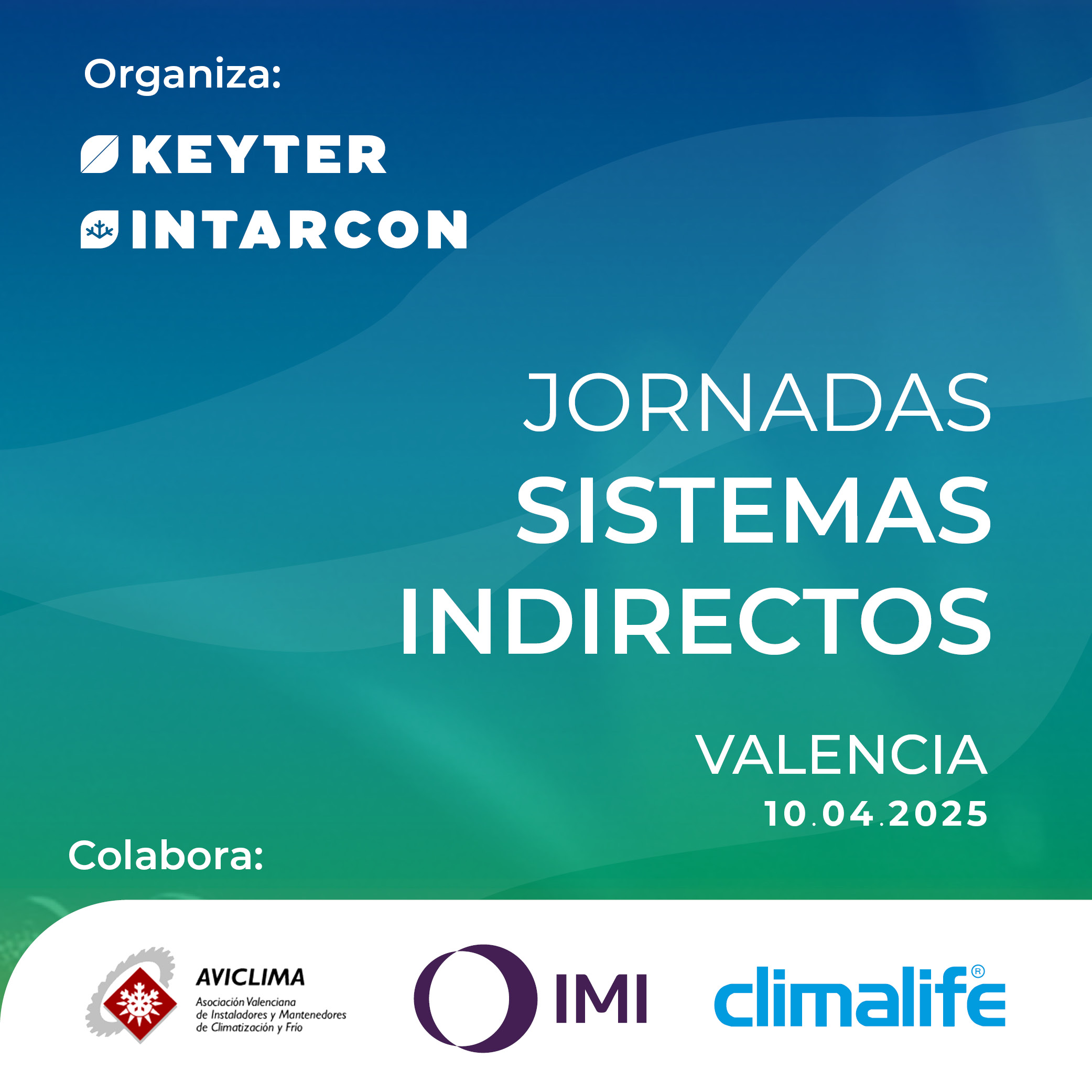Heat Pump Principle
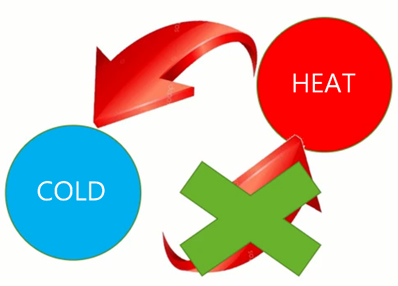
As a starting point to understand how a heat pump works, it is necessary to know the fundamental physical principle of Heat Transmission; which stipulates that when we have a hot group and a cold group, energy flows from the hot to the cold one. However, this does not happen in the other direction, energy will never flow from a cold source to a hot source
Based on this idea, it will be easier to understand how the Heat Pump (HP) works, with the help of an example: when we have a house where the temperature inside is 30ºC, we want to air-condition it; in other words, we would like to take the heat out. But we meet the difficulty that there is a higher temperature outside; so, following the Heat Transmission Principle explained above, which tells us that we cannot transfer energy from less heat to more heat; the only option we have is to install an air conditioner.
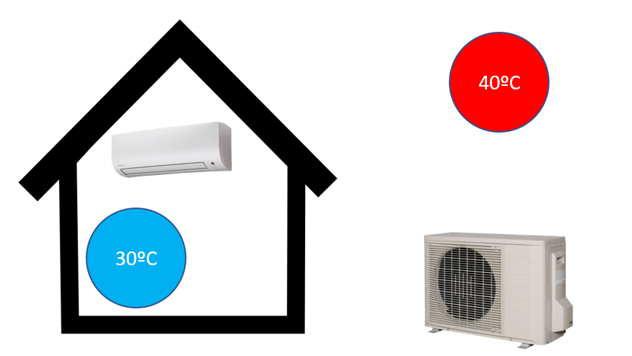
First of all, we must know that the heat pump establishes two energy exchange loops, one internal (inside the house) and the other external.
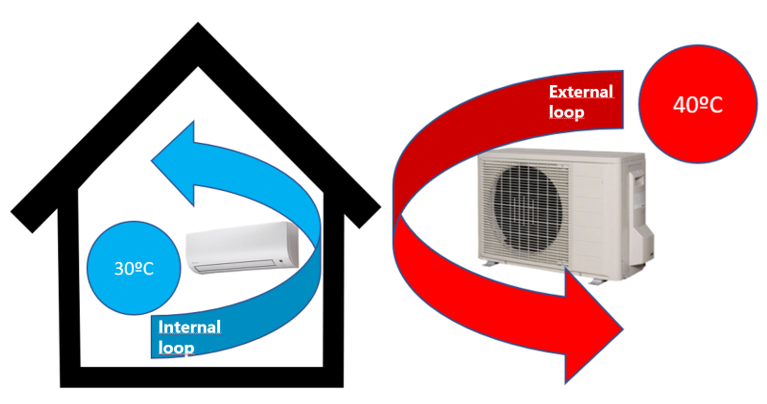
There is an indoor coil, commonly known as a split (evaporator), in which the gas evaporates from a liquid to a gaseous state; and in order to cool itself it captures energy from the environment (30º), causing the temperature inside the home to decrease.
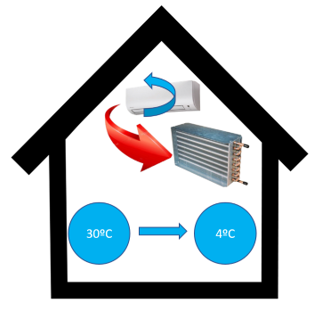
The waste heat has to be taken outside, but again we are faced with the same situation of a higher temperature outside. To do this, we carry out the same procedure as in the interior, but in reverse. Inside the condenser we have a compressor, which increases the temperature of the gases coming from the evaporator, above the temperature outside, as well as increasing its pressure. With this process we get the gases to condense; that is to say, they go from a gaseous state to a liquid state again; thus achieving that the heat transfer from the gases to the outside can be made.
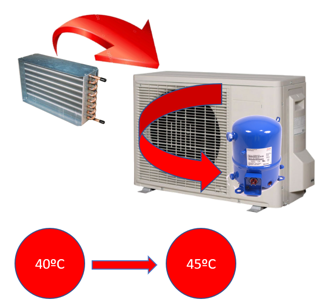
On the other hand, an installed expansion valve restarts the cycle. We can see that with only two processes, the heat pump is able to switch from less hot energies to higher temperature energies.
In the case of a chiller, instead of having an air coil inside, we would find a plate exchanger. In this exchanger, the refrigerant gas that is evaporating and the water that is cooled by this process circulate separately through metal plates without coming into contact.
To summarize, we have observed the basic principle of operation of a heat pump with two simple examples. This principle is utilized for both the air conditioning of a house and for rooftop equipment that could air condition spaces ranging from a supermarket, industrial space, hospital hall to museums, theaters, and chillers capable of cooling offices, apartments with centralized systems, hospital rooms, operating rooms, hotels, and any other equipment operating in heat pump mode.
#HVACIsGreen #ChangeToGreen #TheGreenRevolution
More articles
Interested in other (technical) knowledge articles? Keep yourself up to date and read them all


